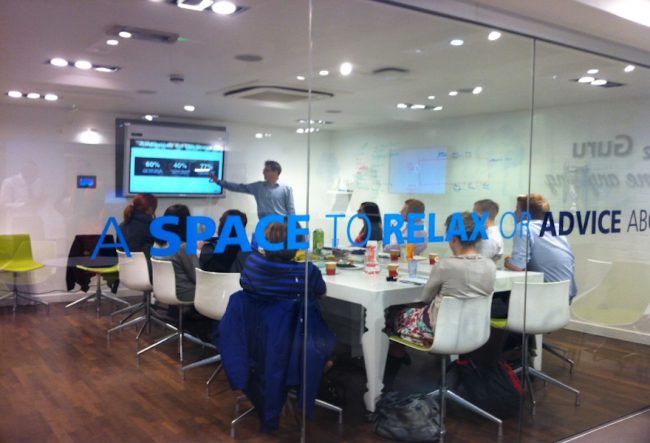
|

|
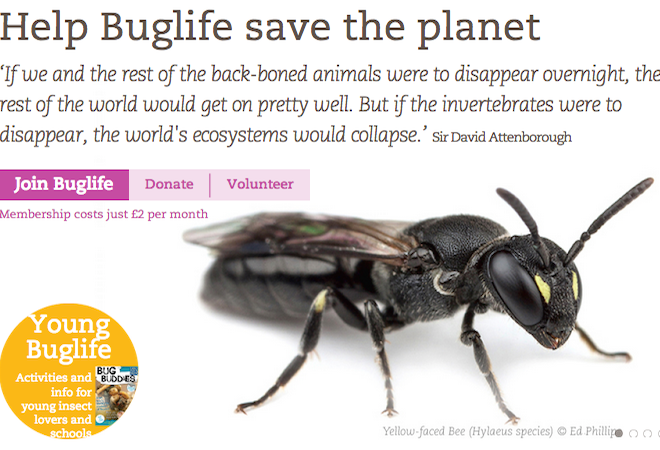
Many of the social organisations we work with are going through huge changes, using their “ten year strategy” to answer the question “what would a digitally-enabled organisation look like?” and “how will we thrive in an increasingly digital world?”. These are perfect questions to help shape the future and current offering and the following related questions helped us in working through our recent projects with the Fairtrade Foundation and The British Trust for Ornithology (BTO).
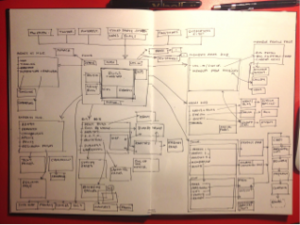
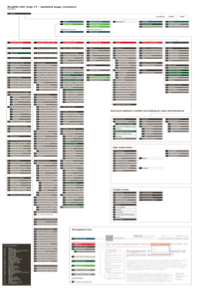
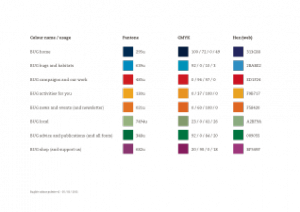
Mapping the user experience and developing wireframe and related colour schemes for the navigation
1.What’s not working well at the moment? Where are audiences dropping off / not going – why is this?
2.What are your analytics telling you? Do you understand the audience needs and do these change by age / other demographics? Why is that? Do you know how people are using your site?
3.Are you ready for Mobilegeddon? Do start the process of ensuring your site works on different devices from interactive white screen to phones. You probably already know that Google’s search ranking will be affected by how mobile friendly your site it. There is an easy mobile friendly test you can do.
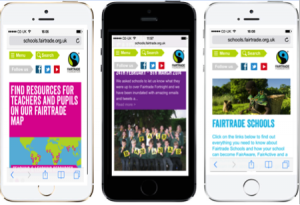
The mobile experience for teachers using Fairtrade resources
4.Is your SEO / social strategy good enough? Read Google’s guide to SEO, again Google will look harshly at copy that is too small and links that go nowhere. Defining your strategy beforehand (starting with the web copy), will help you prioritise what your main services are.
5. Do you have a strong concept / design? People like ideas- a strong concept can really lift your site usage.
6.Do you have the right sign-up points? Getting the balance right is essential; too many and people will click off your site. Having the main touch points clearly labelled will increase conversion to sales, and to your newsletter sign up.
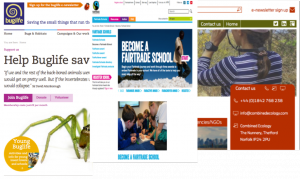
Clear and interesting sign up points help the user
7.Why not ask people what they would like to use the site for in the future? Regular users of your site will often have as good ideas as anyone for how the experience could be made even better, we’ve found tapping this interest and using some of their ideas is crucial.
8.Are you using it as a living / agile website? Agile roll-outs are best. Too often the process is to map the user experience to a wireframe and then build the site over 10-16 weeks, which is fine. But it’s better to keep the site alive and agile, adding new features and functionality, so the site has a beginning but no end. There is no web 2.2.
9.Are you linking your CRM to your website? You increase conversion to your site by as much as 50% from users on your social channels, by a few simple campaigns.
10.Are you making lots of new friends? We’ve found links to your site from other respected organisations work wonders for new site visitors and increased search ranking.
If you need help with your web delivery, these are the first questions we would ask, it’s an easy checklist, which starts with your audience and builds things in an agile but logical way.
Giles Robertson, Founder and Managing Director of Green Banana Marketing Ltd, Marketing Soc. and RSA Fellow, Charity Group chairman, Trustee of Marine Conservation Society, member of 2Degrees board of advisers and the Sustainability Growth Group. Follow him on twitter @gogreenbanana or email at Giles@greenbananamarketing.com
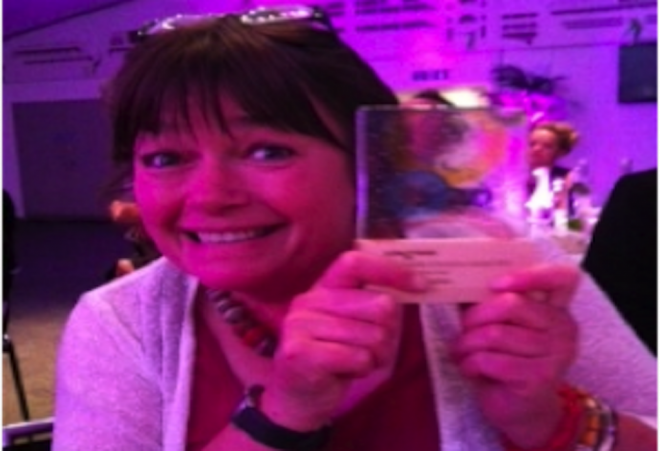
A balmy evening at Lord’s cricket ground was the perfect backdrop for a ceremony and dinner to celebrate the sustainability successes of organisations, large and small. Kim Bailey, Associate Sustainability Practitioner and Giles Robertson Founder and Managing Director of Green Banana Marketing attended the event last week on the 10th of July.

 Seeing so many people representing their companies with pride was a joy to witness. The winnerscame from an array of small-impassioned companies showcasing technological advances in energy and water management and even space technology in the case of Arla Foods. The glitz and glamour of the big companies came in the form of prizewinners, O2, RBS and Sky.
Seeing so many people representing their companies with pride was a joy to witness. The winnerscame from an array of small-impassioned companies showcasing technological advances in energy and water management and even space technology in the case of Arla Foods. The glitz and glamour of the big companies came in the form of prizewinners, O2, RBS and Sky.
Fabulous food and drink, interesting conversations and a witty comedian made for a super evening.
And now the but ….I joined a networking group, so more facilitated networking and partnering opportunities with this interesting group of guests would be appreciated.
How about a safari style supper – swapping places between courses?
 Our lovely client Buglife was keen to share how the invertebrate charity preserves the wildlife that turn the cogs of the planet, but with no name badges and penguin suits, we couldn’t find the people we wanted to speak to.
Our lovely client Buglife was keen to share how the invertebrate charity preserves the wildlife that turn the cogs of the planet, but with no name badges and penguin suits, we couldn’t find the people we wanted to speak to.
Martin Chilcott, Chair of 2degrees spoke of the importance of fun and values.
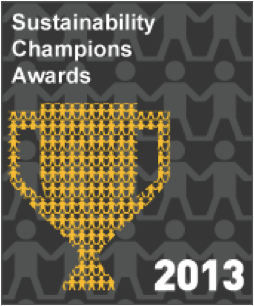 therather ‘worthy’ entry categories? Or poems, or film titles.Share – Showcase the way companies are doing business differently to conventional organisations.
therather ‘worthy’ entry categories? Or poems, or film titles.Share – Showcase the way companies are doing business differently to conventional organisations.So a super evening and if we get the chance to meet a few more guests, exchange and share vision and values and have more fun next year – a truly great evening will be had by all.


If I say Apple, Colgate, CNN, Coca-Cola, Canon, Volkswagen, people are immediately aware of what it is, where it is from and their degree of “attachment” to the brand or product. But the awareness around these brands has been nurtured, created, developed, and maintained by the companies’ brand strategists. Often with billions of pounds. Though we might not have the budgets in the charity sector, some of the learnings are useful and applied consistently, can be very effective.
Last century, the aim was to build and to develop a strong brand with the public through advertising. Nowadays, with the Internet and ever-tough competition all over the place, organisations need to build their brand’s reputation on and offline, and be as creative as ever to generate maximum interaction.
How do you develop an on and offline strategy that works? Should we talk about the word ‘brand’ for charities, which has only just stopped being a ‘dirty word’? How do we build strong engagement around your brand?
Here are a few examples of brands that have successfully managed both their on and offline strategy over the last few years. No doubt there will be a few surprises with our selection.
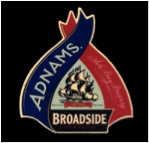 The story of Adnams, a small beer producer that is building its brand around communities:
The story of Adnams, a small beer producer that is building its brand around communities:
Established in 1872, Adnams, as a “basic” retailer and pub owner, started to build life around its brands by relating its products to its mission and vision.
Adnams created a community around each of its brand. In 1990, it first built the Adnams’ charity to help people living within 25 miles from Southworld. Then it created a history around each branded beer.
And finally, they are helping protect the environment and sealife by supporting the Marine Conservation Society with the launch of the Fat Sprat beer and by using “green” distillery production. For example, they work with local farmers and producers; they use aneoribic digestion units, green roofs and bore holes to chill their brewery and the first carbon neutral bottled beer was made from hops grown locally at East Green.
The company maintains interest with its audience of the histories and builds real engagement and experience through brewery visits, events for the community and regular tweets. In 20 years they have built a strong offline reputation. Recently, they have started to develop this online reputation by refreshing their retail website, finely tuned to its audience needs, inviting them to participate in events, to comment, to interact on social channels and to built the story of their brand together.
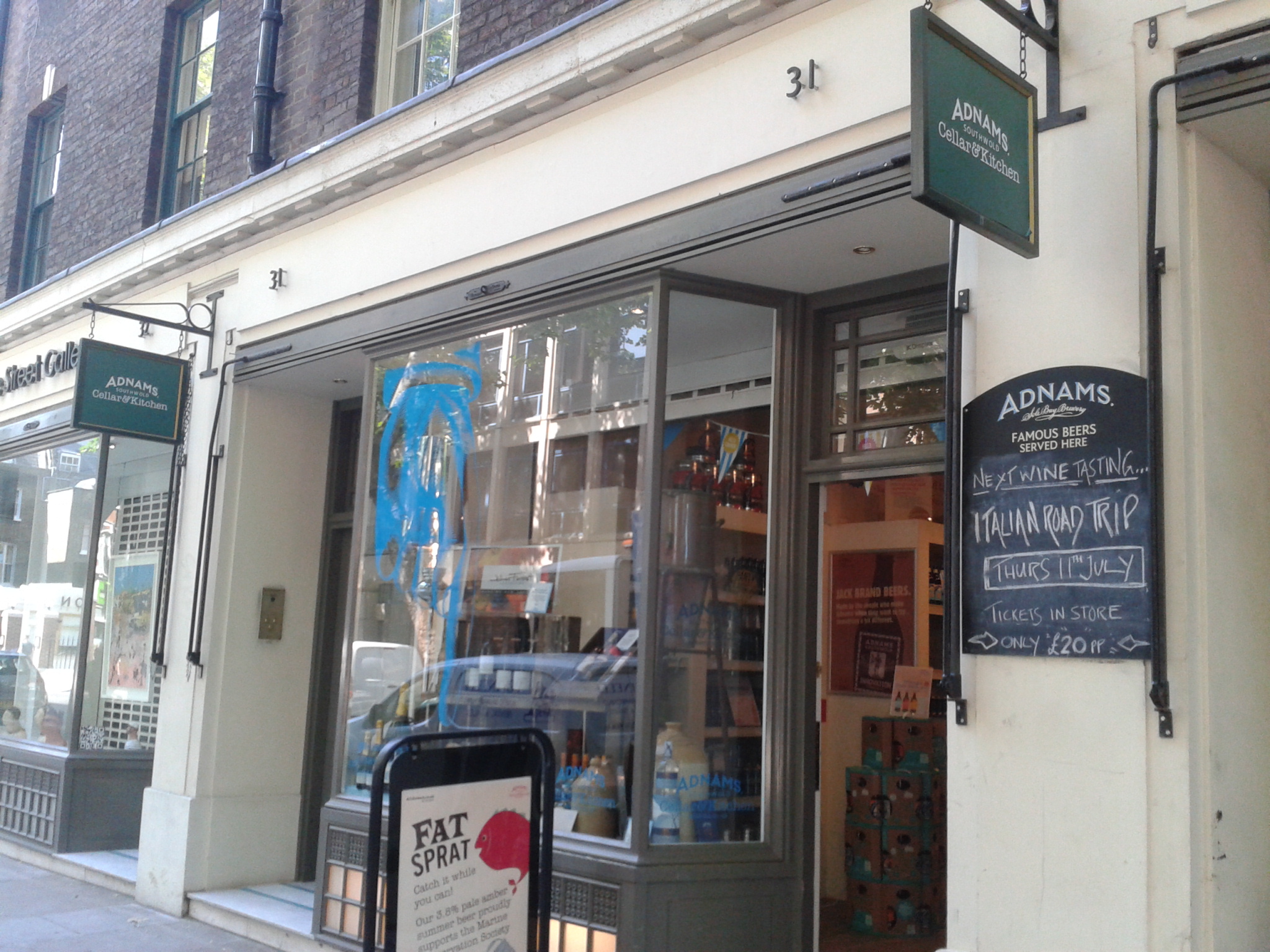
Adnams expanded their activity, opening their Adnams Cellar & Kitchen shops to attract a new segment of women. “We were keen to appeal to the 50 per cent of the population we weren’t talking to – females.” says Andy Wood, Adnams chief executive and, in 2012, they won the Queen’s Award for Enterprise: Sustainable Development.
To what end – increased sales, visits, awareness? We’ll look at this when we meet.
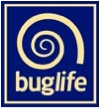 Buglife building its brand to be the “one-stop-shop” for bugs
Buglife building its brand to be the “one-stop-shop” for bugs
Created in the 90’s when there was no one organisation devoted to protecting invertebrates, Buglife became the first to do so in Europe.
Over the past 20 years, 1,000 active members have joined Buglife. In 2012, a strategy and business review, helped by the Tubney Foundation funding, identified opportunities to increase their membership to 10,000 in the next five years by growing awareness through the brand and establishing new partnerships.

Buglife worked on all aspects (a more contemporary logo , website, social channels, employee engagement etc.) of their brand “personality”, to create a stronger and more powerful “environmental charity”. Green Banana Marketing has been assisting Buglife in defining their priorities, brand image, audiences and digital assets including ‘developing a new’ website.
For their various audiences, offline, Buglife organise different events (including be-lines), children packs for schools to awareness of invertebrate causes through their campaigns like Neonics. Online GBM have worked hard to build an entirely new website, keeping their audience up-to-date and involved. The aim being to increase participation with main groups (media, public, policy makers and partners) and to help them understand and interact with the main issues, and supporting the ambition of being the “one stop shop” for Bugs.
These recent change gave Buglife the opportunity to review its mission and image, and to create even more real interaction with its audiences.
The online part of this project will be launched towards the end of July – so we will be able to give a progress report at our next shortcut on 26th of July.
For more information, or to book your place – View event invite now!